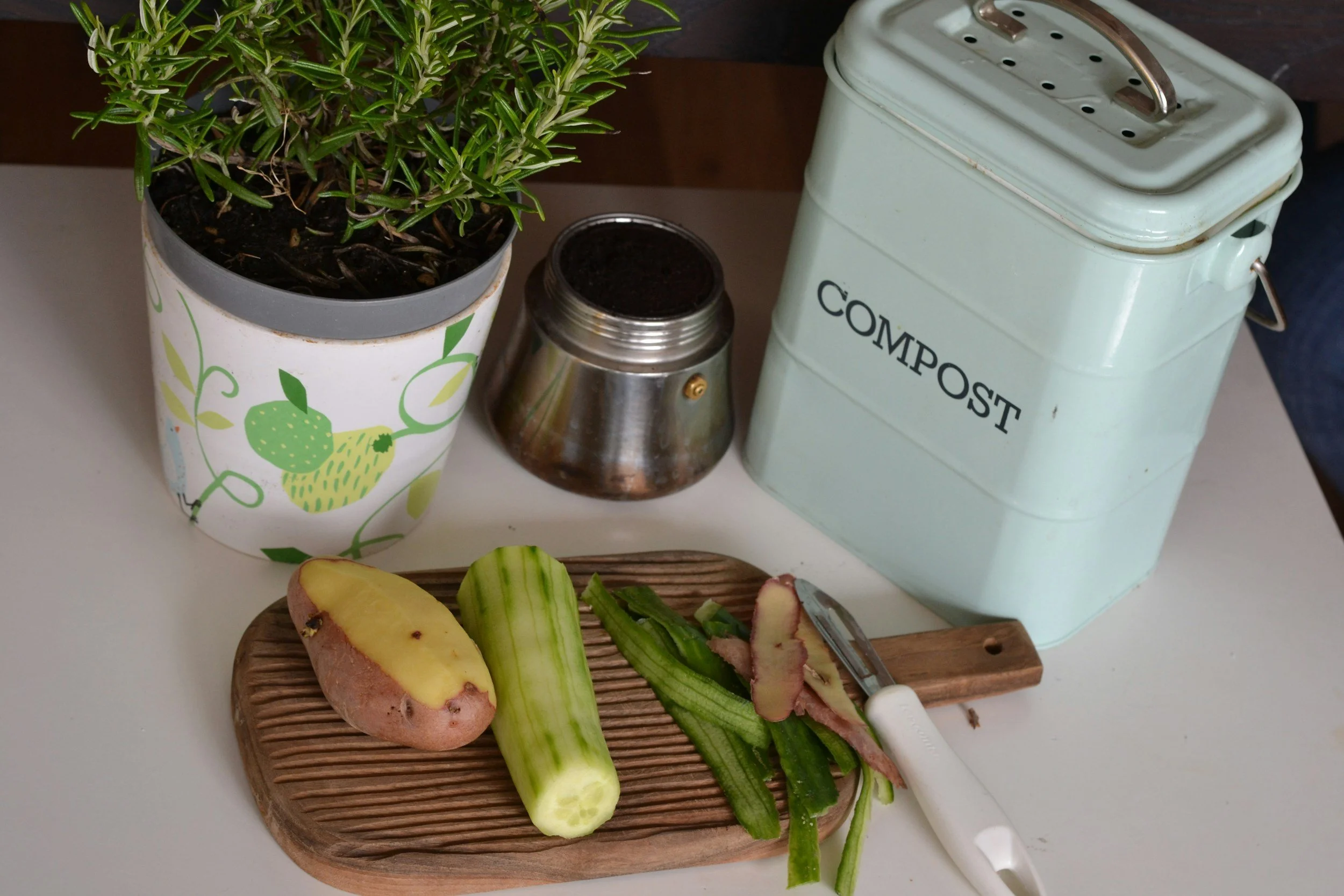Food Loss and Food Waste
It is said that up to 40 percent of food grown in the United States is lost or wasted. Food loss and waste on its own is a detrimental issue, though we are not only wasting the food, but also the resources it takes to grow the food. Food loss refers to food grown on a farm that is not available for sale for any particular reason. Food waste refers to when food is thrown out after it has been transported from the farm.
Food Loss:
Most people are not aware that the produce you purchase at your grocery store was selected just for you. The roundness of the apples, the elongated shape to the sweet potatoes, and the smooth spherical tomatoes were all hand selected. The downside to your “perfect” produce is that their ugly counterparts are tossed aside as garbage each day. What you might not realize is that this “perfection” causes 20-30% of produce farmers grow to be tossed each year. Not only does this cause the farmers to lose money, it also causes our food to be lost that could otherwise be used. It is not all somber though. Part of the food loss is thrown back into the land and repurposed to use as compost for the farmer, but we still have a lot of food loss to prevent.
Food Waste:
Restaurants, grocery stores and consumers are among the top reasons food is wasted. During transportation produce sometimes is shifted around causing bruises or cuts, which once they are given to restaurants or grocery stores is thrown in the garbage as waste. When shopping consumers avoid any bruised or deformed produce because it is less than perfect to our standards. The grocery store is then forced to toss all of the produce that starts to wilt, bruise or brown.
Consumers also waste a lot of food in their homes. One reason is because of expiration dates being taken too seriously by consumers causing the food to get tossed well before it goes bad. The expiration date is almost always a suggested date by the company and should not be used literally.
Food waste and loss is a huge contributor to climate change. It takes a lot of resources (such as clean water, soil and habitat) to grow food that then a third of is lost or wasted each year. Food loss and waste creates a huge impact on our environment that we can help prevent.
Ways to Prevent Food Loss and Waste for Individuals:
If you see imperfect produce at your grocery store, don’t pick around it buy it.
Find recipes for items in your refrigerator that may go bad soon. The BBC Good Food website lets you search ingredients that then pairs with recipes.
Grow herb plants in your home to prevent wasting packaged ones from the grocery store.
Don’t take expiration dates seriously as you should focus more on how the food smells, looks and tastes.
Don’t over order at restaurants and if you do make sure to take the food home to eat later. Bring your own togo containers to restaurants like the ones from ENA.
Try to compost any food waste at home. If you don’t have compost at home look for a community garden in your area who will take compost (pay attention to items you can and cannot compost in your area).
Collect any vegetable scraps in a freezer bag. Once the freezer bag is full use the scraps to make vegetable stock for future cooking needs. Here is a good article on how to make your own vegetable stock.

